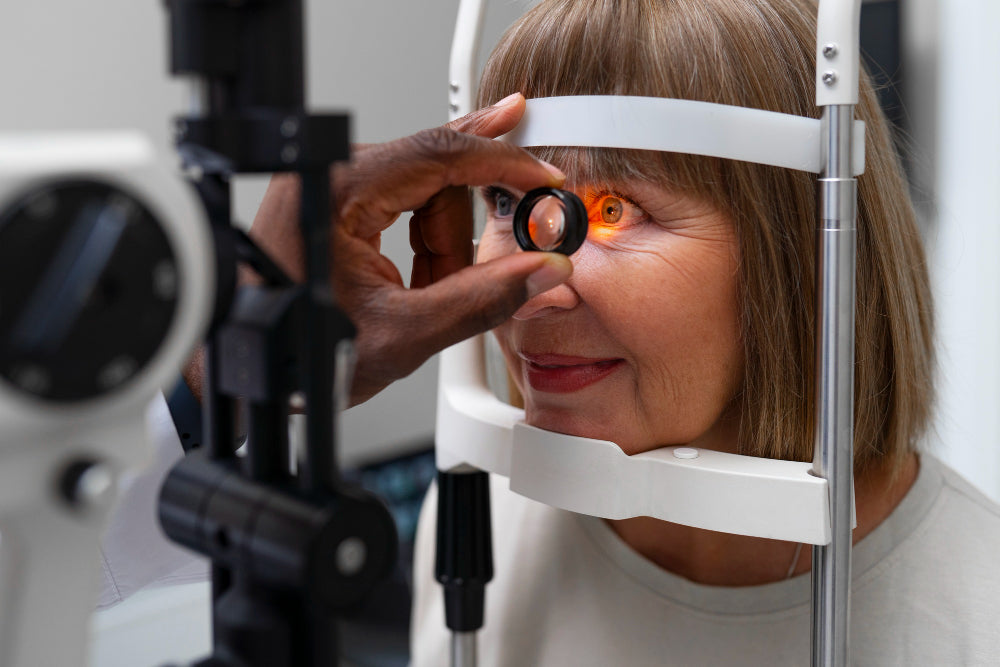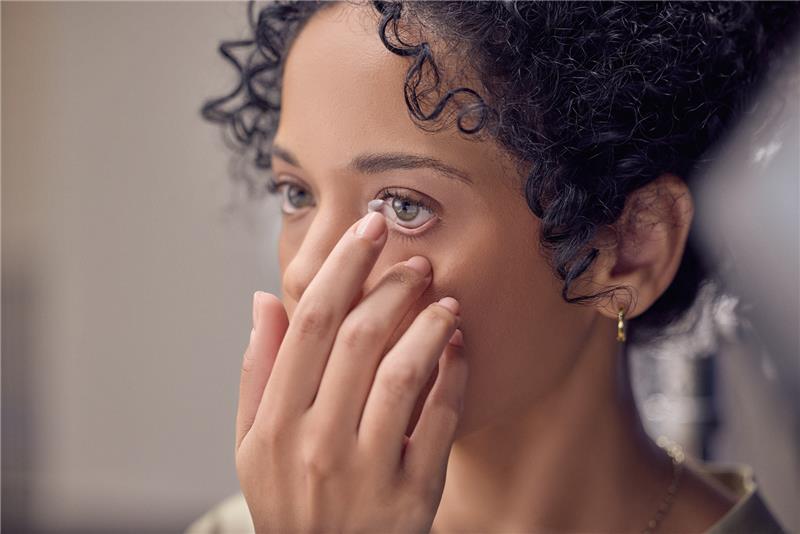Regarding our eyes, few problems cause as much confusion and worry as pink eye and styes. These common issues often have similar symptoms, making it hard for people to know what's happening with their eyes.
Can a stye cause pink eye? No, a stye typically doesn't cause pink eye. Styes are localized infections of the eyelid glands, while pink eye (conjunctivitis) affects the thin membrane covering the white part of the eye and inner eyelids.
Understanding the variations between pink eye and styes is crucial for effective management and treatment. Join us as we delve into the details of pink eye vs. stye, unmasking their disparities and shedding light on the best course of action.
What’s the Difference Between Stye and Pink Eye?

Pink eye, or conjunctivitis, is an inflammation of the thin, transparent layer covering the eye's white part and lining the eyelids inside. Viruses, bacteria, or allergens can cause it and lead to redness, itching, and discharge from the eye.
On the other hand, a stye is a localized infection or inflammation of the eyelid glands, usually caused by bacteria. It appears as a small, red bump on the eyelid, often with a white or yellow spot at its center. Styes can be painful and tender to the touch.
In summary, pink eye affects the conjunctiva and can be caused by various factors, while a stye is an infection or inflammation of an eyelid gland.
Do I Have a Stye or Pink Eye?

Breaking down the basics, the disparities lie not only in their symptoms but also in their underlying causes and treatments. Let's dissect the critical differences between these ocular adversaries
1. Location and Appearance
Pink eye, also known as conjunctivitis, manifests as redness and inflammation of the conjunctiva, the thin membrane covering the white part of the eye and inner eyelids. It often presents with symptoms such as itching, tearing, and discharge.
Styes, conversely, are localized infections or inflammations of the eyelid glands. They typically appear as tender, red bumps on the eyelid, sometimes with a white or yellow center resembling a pimple.
2. Causes
Viral or bacterial infections and allergens or irritants can trigger pink eye. Viral conjunctivitis tends to be highly contagious, while bacterial conjunctivitis may result from poor hygiene or contact with contaminated surfaces.
Styes are primarily caused by bacterial infection, most commonly Staphylococcus aureus. These bacteria can increase within the glands of the eyelids, leading to inflammation and the formation of a stye.
3. Symptoms
Symptoms of pink eye include redness, itching, burning sensation, excessive tearing, and a discharge that may be watery or thick and yellowish. The eyes may feel gritty or sensitive to light.
Styes typically cause localized pain, tenderness, and swelling of the eyelid. A visible bump or pustule may develop, accompanied by discomfort when blinking or touching the affected area.
Pink Eye vs. Stye Diagnosis and Treatment

An Optometric Physician can conduct a thorough eye examination and recommend the most appropriate course of treatment.
1. Diagnosis
Diagnosis of pink eye will involve a physical eye examination with a bio microscope, and include an assessment of symptoms and potential risk factors. Rarely, a swab of the eye discharge may be necessary for laboratory analysis to identify the underlying cause.
Styes are typically diagnosed based on their characteristic appearance and symptoms. In rare cases, further evaluation may be needed to rule out other conditions.
2. Treatment

Treatment for pink eye varies depending on the underlying cause. Viral conjunctivitis may resolve independently, with supportive measures such as cool compresses and lubricating eye drops to alleviate discomfort.
Viral eye infections may also be treated with hypochlorous solution to speed resolution. Vision Source Rio offers Pure and Clean drops and sprays for this purpose. Bacterial conjunctivitis can require antibiotic eye drops or ointment.
Styes may be manageable at home with warm compresses applied to the affected eyelid several times a day to promote drainage and reduce inflammation. Occasionally, antibiotic ointment or oral antibiotics may be prescribed to expedite healing.
For styes that need to be resolved quickly, Vision Source Rio also offers IPL therapy to speed the process along. Intense Pulsed Light therapy can help kill the bacteria causing the infection and speed the resolution of the stye itself.
Conclusion
Understanding the nuances between these ocular conditions is vital to effective management and treatment in the perpetual debate of stye vs. pink eye.
Whether grappling with redness and irritation characteristic of pink eye or contending with the discomfort of a stye, seeking prompt medical attention and adopting appropriate interventions can expedite recovery and restore ocular comfort.
Remember, when it comes to safeguarding your precious peepers, knowledge is your greatest ally.
Distinguishing Pink Eye from Styes with Vision Source Rio

Ready to clear up the confusion between pink eye and styes? Discover expert eye care solutions and schedule your consultation with Vision Source Rio today! Your vision matters. Let us help you see clearly and comfortably.
Also read:
- Are Led Lights Bad for Your Eyes?
- Can Myopia be Reversed?
- What are the Causes of Dry Eyes at Night?





